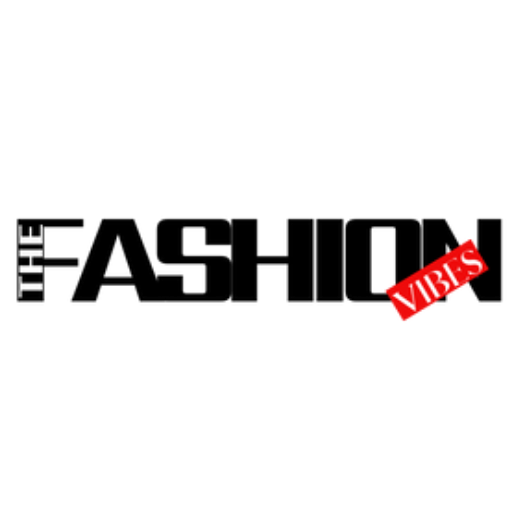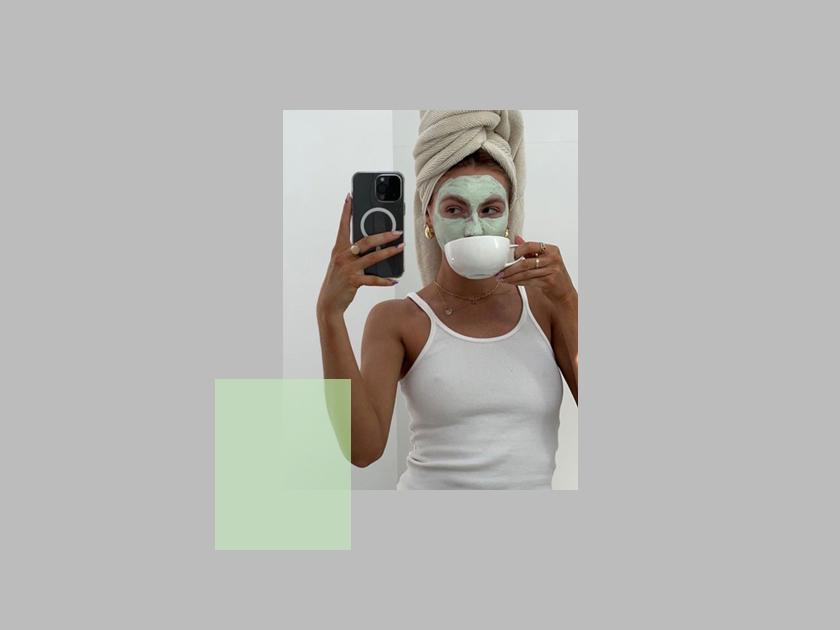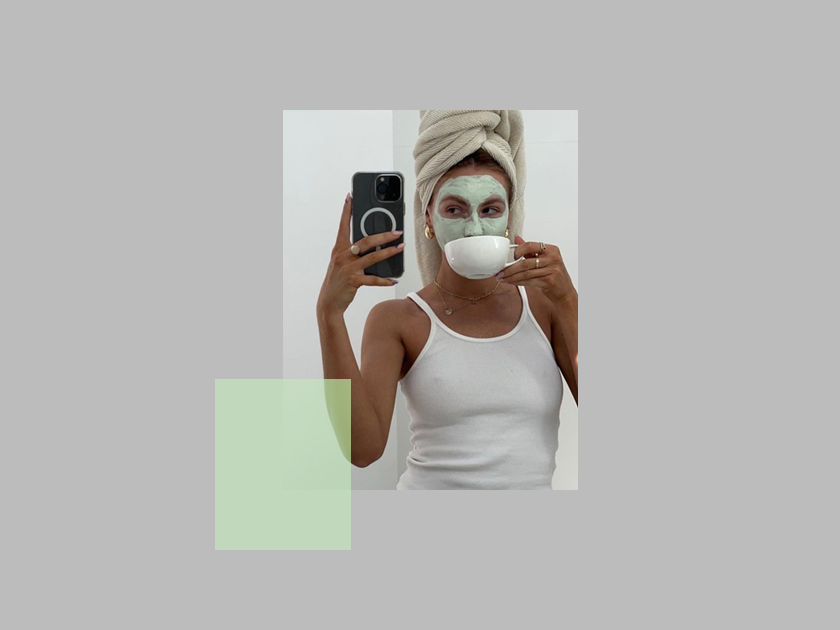
According to Drive Research, girls spent an average of 30 minutes on facial skin care in 2023, and nearly 74% used at least three products in their morning and evening routines. Today these numbers have increased several times. Under the influence of social networks, trends and the emergence of new technologies, the usual beauty ritual of modern users began to consist of 5-10 stages.
Over the past few years, Korean ten-step facial skin care has become particularly popular. It includes make-up remover, cleanser, peeling, tonic, essence, serum, mask, eye cream, face cream and SPF. This routine takes up so much of the girls’ time that the guys complain and talk about how the breakup ruined their relationships.
A carefully chosen beauty routine only seems to make things better, but not everything is that simple. Together with Ekaterina Anchikova, beautician from D’Alba, and Elvira Finatovna, cosmetologist from Senses preventive medicine and cosmetology clinic, we will figure out how to understand that you pay too much attention to your skin.
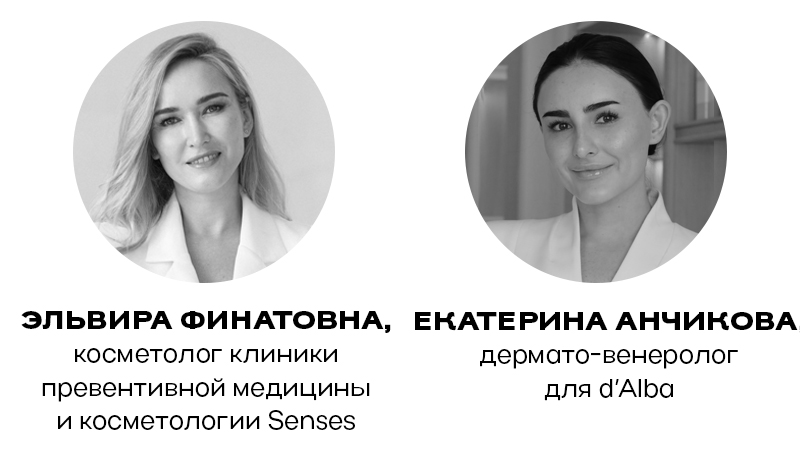
Cult of skin care products

Today, skin care products have gone beyond the bath. It has become a cultural phenomenon, a way of life and even a new form of self-expression. While beauty used to be associated with make-up and hair styling, now glowing skin with the “glazed donut” effect has become an indicator of well-groomed skin.
Girls began to become increasingly interested in the composition of products, use professional vocabulary in speech, and also create around themselves an aesthetics of personal care, which is very popular today in social networks.
It was the latter that influenced the development of the ten-step Korean routine, a symbol of discipline and self-love. However, an overabundance of products often causes irritation, acne, and disruption of skin barrier function. The dermis doesn’t need a dozen products a day and responds to extreme stress.
It’s time to stop

Experts said dermatologists often encounter the “over-groomed skin phenomenon” or “over-groomed” patients. This occurs due to the simultaneous combination of several potent drugs. For example, acids, retinol and vitamin C.
The same thing happens if you cleanse your skin too frequently or with aggressive products or create multi-step rituals that involve ten or more products in a row. There are several signs that indicate beauty addiction:
– conventional treatments cause irritation. Any product, even the gentlest, begins to burn or cause discomfort.
– Permanent redness and increased sensitivity occur.
– Dryness and flaking do not disappear after applying moisturizer.
– Frequent rashes that were not there before appear.
– A feeling of tightness and a “film” occurs after washing.
– Missing one of the stages causes stress and guilt.
– your mood depends on your beauty routine.
Important: Caregiving should be fun and not a source of stress. Sometimes removing the excess is more beneficial than adding another jar.
Sleight of hand and simple marketing

Beauty enthusiasts often add products they see in their next blogger pick to their “must-have and must-have” list. But often we get bogged down in marketing and don’t even realize that some products can be not only useless but also dangerous. These include:
Harsh peels for facial skin. Instead of freshness, they leave micro traumas. Modern acid peels work much safer.
Tonics containing alcohol. The alcohol in the composition destroys the skin barrier, dries it and triggers inflammation.
“Universal” creams. Facial skin is thin, so a “universal” cream will do more harm than good.
What is it – ideal care
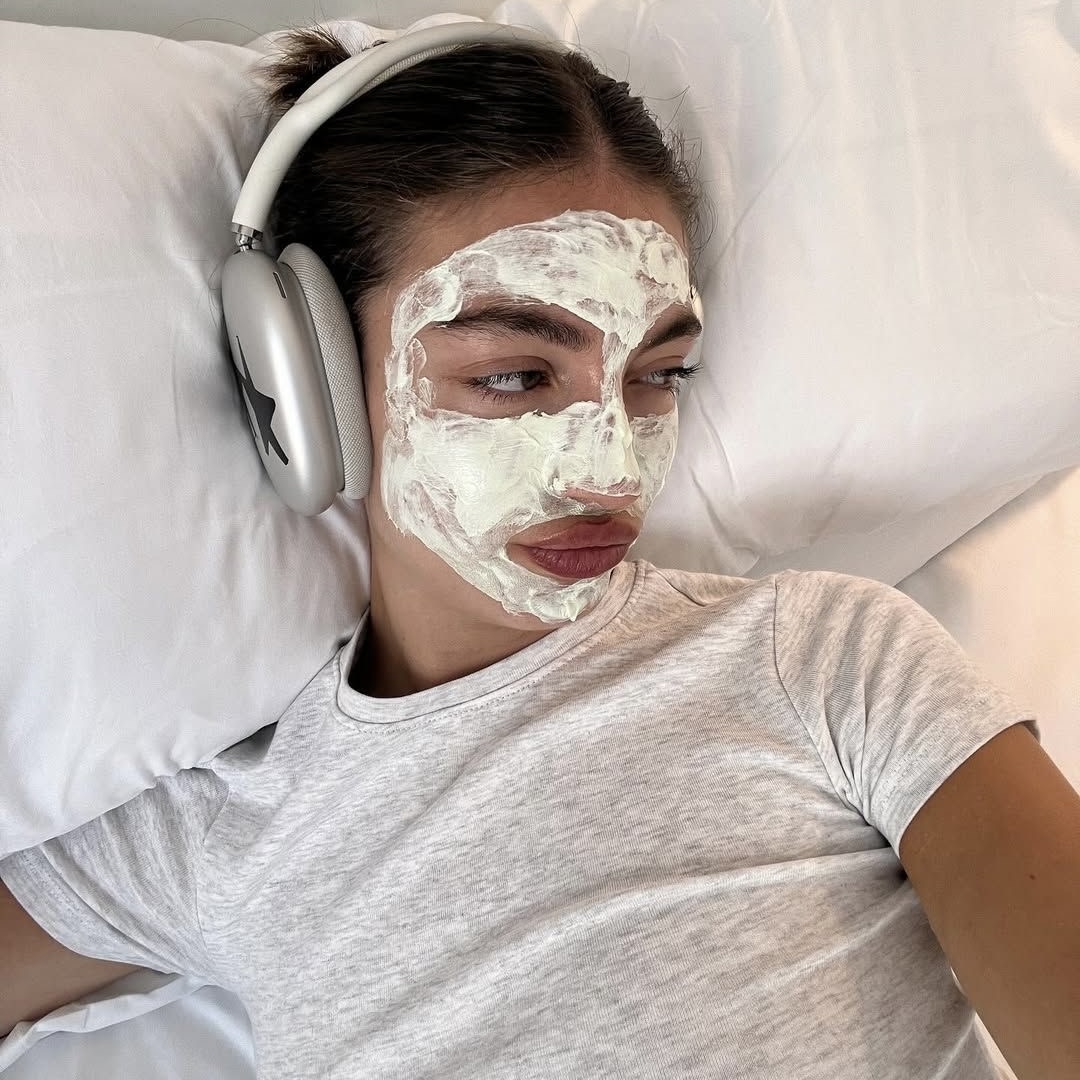
According to cosmetologists, the ideal beauty routine consists of three stages: cleansing, moisturizing and SPF.
Cleaning. At night, the skin secretes sebum, dust particles settle on it, and during the day, makeup, sunscreen and city smog remain. Use a gentle cleanser (foam, gel, milk) chosen according to your skin type in the morning and evening. We recommend that you choose products that contain nutritional ingredients.
Hydration. Even oily skin needs moisture. Morning and evening, a light cream or moisturizing serum containing hyaluronic acid, glycerin or ceramides maintains turgor and the integrity of the skin barrier. You can support your care with a two-phase spray serum.
Sun protection. The most important step of the morning routine. SPF 30-50 is the necessary protection index against photoaging, pigmentation and tumor risk. Apply every day, regardless of the season.
This is the foundation without which no treatment will work. But it is important to choose products that add active ingredients (vitamin C, retinol, acids) or moisturizing masks according to the skin’s needs.
rare but true
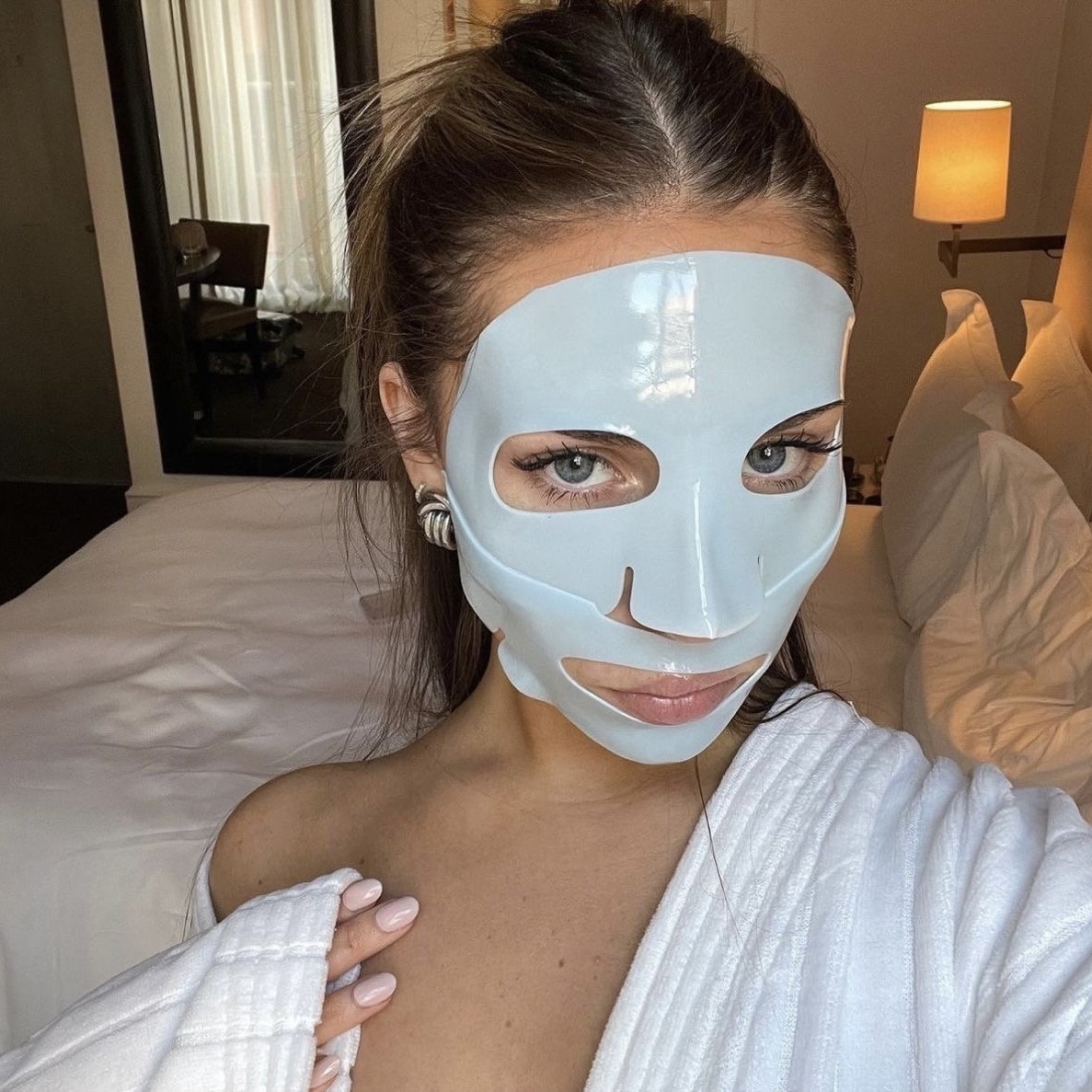
Some treatments may be too aggressive for daily maintenance but may be necessary from time to time. Therefore, you can also add the following to your beauty routine:
Chemical peels (AHA/BHA). Glycolic, lactic and salicylic acids accelerate regeneration by dissolving intercellular substances. If your skin is not prone to excessive oiliness or dryness, you can do homemade low-concentration peelings 1-2 times a week. More powerful peeling procedures are best performed by a beautician every 6-12 months.
Peeling is done using (mechanical) peeling and gommages. When there is no inflammation, gentle mechanical exfoliation can be done every 7-10 days.
Masks. Masks based on clay, alginate or retinol are a beneficial stressor for the skin by activating skin resources. It can be done 1-2 times a week depending on the skin’s needs.
Professional procedures. Laser rejuvenation, RF lifting, SMAS lifting, injections require long-term recovery and are carried out according to individual indications and doctor’s recommendations (once a month to once a year).
Before changing your beauty routine, contact a beautician who will select a program taking into account all your personal characteristics. Often times, materials that are suitable for many people may be dangerous for you. Likewise, just the opposite.
Source: People Talk
I’m Roger Gritton, and I’ve been writing for the The Fashion Vibes for over 5 years now. My specialty is beauty news; I’m passionate about covering the latest trends, products, and innovations in the industry. In my time there, I’ve become known as an authority on all things beauty-related.
I love discovering new experts to interview, researching up-and-coming ingredients and techniques that are making their way onto our beauty shelves and highlighting people who are making a difference in the world of cosmetics. My work has appeared not only on The Fashion Vibes, but also several other publications including the New York Times Magazine, Allure Magazine and Refinery29.
